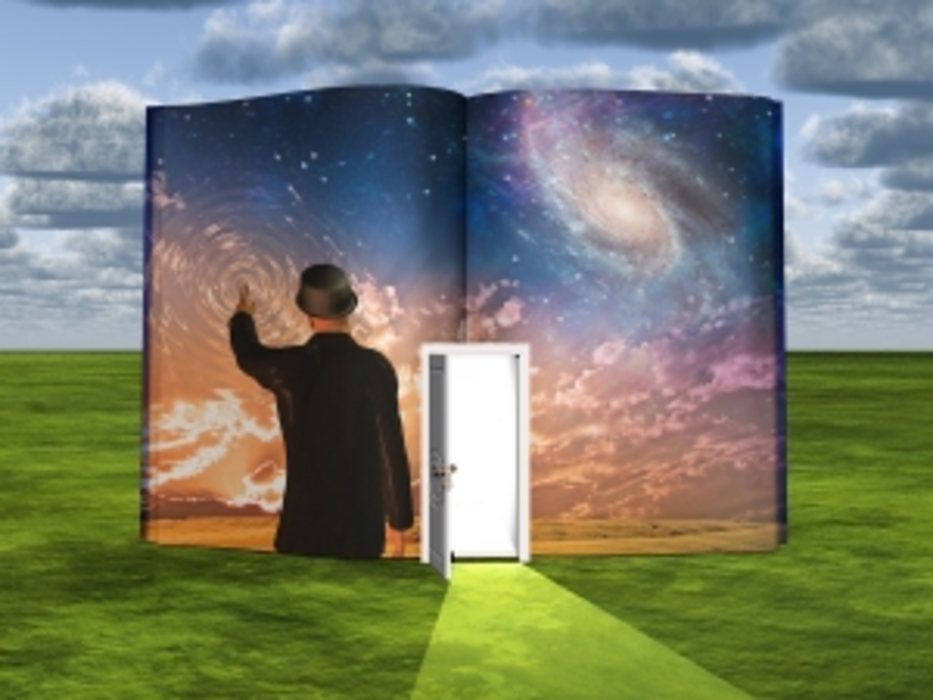Why do so many people pay a premium for Build-a-Bear teddy bears when, at their core, they’re not patently different than other stuffed bears? The answer is simple: Folks are in for the experience, paying to be a part of the brand’s story. That’s the future of advertising, according to SapientNitro‘s Chief Creative Officer Gaston Legorburu and Chief Brand Strategy Officer Darren (Daz) McColl, who wax episodic about storytelling in their upcoming book Storyscaping: Stop Creating Ads, Start Creating Worlds.
Direct Marketing News recently spoke to the authors about what narrative means for marketers, what plots work for different verticals, and how marketers can use storytelling to make bestsellers of their products and services.
What’s a good example of storytelling in marketing?
Legorburu: Look at the Cabbage Patch Kids doll. The product itself isn’t very unique and it doesn’t really do much. Frankly, it’s not even cute by some standards. The reason it commanded a premium is that it came with a story. It got the consumer to be a part of the story. Those things still go for 50 to 100 bucks.
How about an example of a brand that delivers a great experience but is light on story?
Legorburu: Build-a-Bear is an example of experience-based differentiation. People are willing to spend a lot more money to go through the experience of creating and naming the bear, but again, the product itself isn’t anything remarkable. The challenge with experienced-based differentiation is that they’re easy to duplicate. You could open another Build-a-Bear, call it something else, throw it in a mall, and it’ll work. There isn’t much affinity to the actual Build-a-Bear brand. It’s really the idea of putting together the bear that’s appealing and, frankly, the idea isn’t very ownable. There are plenty of examples in the book that do a good job of combining story and experience in a way that creates something that both the consumer and the brand share.
Is good storytelling especially important for direct marketers?
McColl: Direct marketing is still about building a relationship between the brand and the consumer. The tools we have are many and varied now. We need to assess what that relationship actually means at this point. Is someone following your brand or retweeting your content a relationship? Or is that simply part of a behavior pattern? Where do principles and tools of direct response and personalization play out in all of that? It’s about how we build a world around those principles through different channels and have those worlds connect. There’s no premise for having things disconnected anymore.
What about businesses in other verticals? What about B2B companies?
Legorburu :We’re talking a multi-dimensional approach to marketing here. It applies to any business in any vertical. Another example, UBER [a New York taxi hailing service]. It’s an experience. If a brand comes to an agency asking for help the first thing we’d say is ,“let’s craft a compelling story about your product and find a clever way to put it in front of people.” Whether it’s B2B or B2C, this same idea has worked for decades and it will continue to work. What’s different today is that we could have come up with something like UBER for that hypothetical brand and maybe made some ads too. You have to leverage technology and create unique, memorable experiences for your customers and connect them to your brand purpose and story. If you have a pizza parlor and you choose bring in new customers through offering a buy one-get one free coupon, you’ll probably have some short term success but eventually you’ll run into problems. You have to think about how you differentiate that business?
McColl: American Express is doing this in the B2B sector with its Small Business Saturday Program. The core relationship is AmEx to small business. Through socialized content and operational tools, AmEx has created a world for these businesses to be a part of. I think it’s really forward thinking B2B play because it actually takes the small business to the consumer.
How can experience and story based marketing be quantified, if at all?
Legorburu: It absolutely can be quantified. I think that folks should really think about marketing mixed-modeling as opposed to the more myopic view of media-mixed modeling. As marketers, much of the data we’re driven by looks at paid media much more it looks at earned or owned media. Data is incredibly important to doing this successfully. There’s so much hat you can do but you have limited resources and time. That said, one of the things we say in the book is that once you have crafted your brand story that’s when data and spreadsheets become nifty tools. We don’t believe you can build a brand on a spreadsheet.
If you start with math to develop your story then you end up with the same answers as everybody else. Once you have that story crafted, math and all the other tools we have help our ability to create worlds and provide insights to help us continue to improve what we’re doing. That’s amazing! It really is a right-brain, left-brain connection you need to shoot for.
McColl: In the book we share a model we call the “return on experience.” It represents the inclusion of experience optimization to the mix of metrics we already measure as marketers. Everyone looks at ROI in media and channels, but no one is really looking at the experience. For us, experience is the third part of the triangle and gives us a more selective viewpoint of the relationship between experience and the other metrics.








